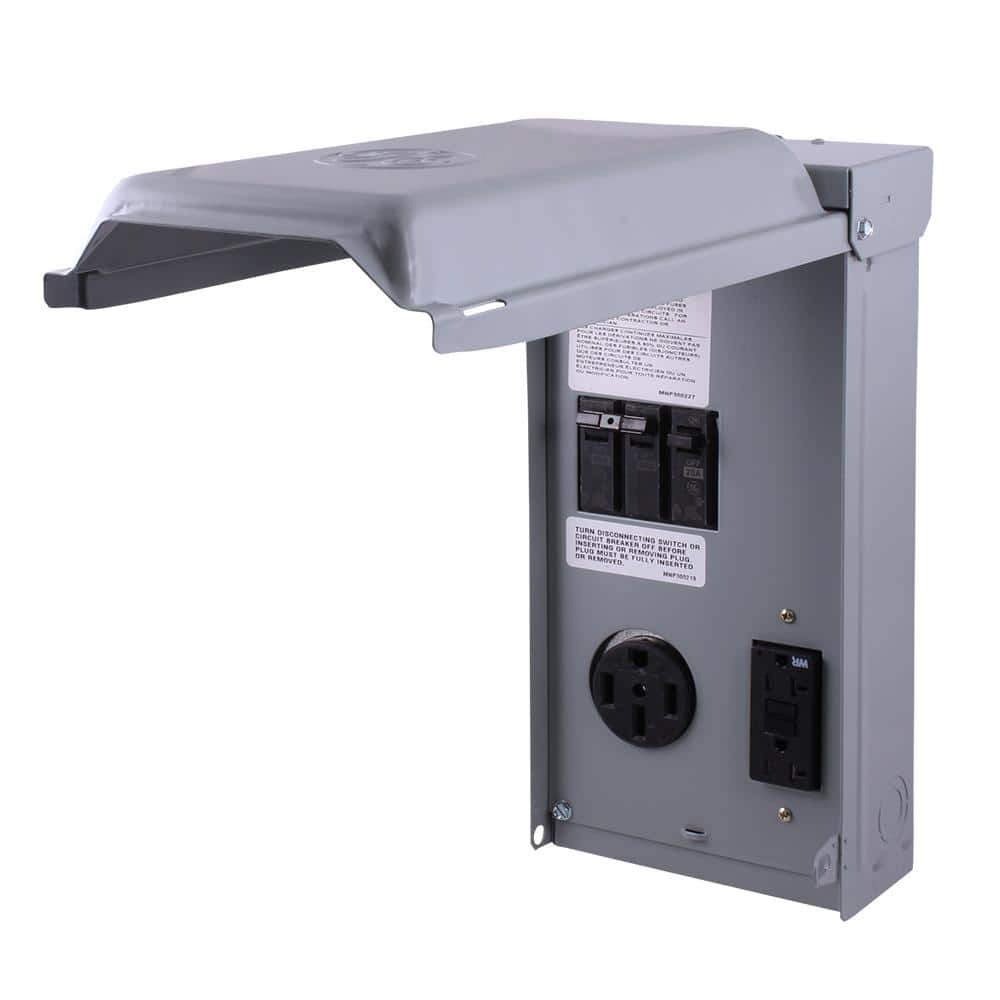PickyBiker
New member
I want to install a 30 amp RV outlet box on my property. All I can find is a box with just a 30 Amp outlet, a box with a 30 amp outlet and a non-GFCI 30 Amp beaker, or one with a 30 amp outlet, and a 20 amp outlet with a 20 amp GFCI.
I am rather surprised that there doesn't seem to be a box with both a 30 amp outlet and a GFCI 30 amp breaker.
What does electrical code require for RV 30 Amp outlets?
I am rather surprised that there doesn't seem to be a box with both a 30 amp outlet and a GFCI 30 amp breaker.
What does electrical code require for RV 30 Amp outlets?


